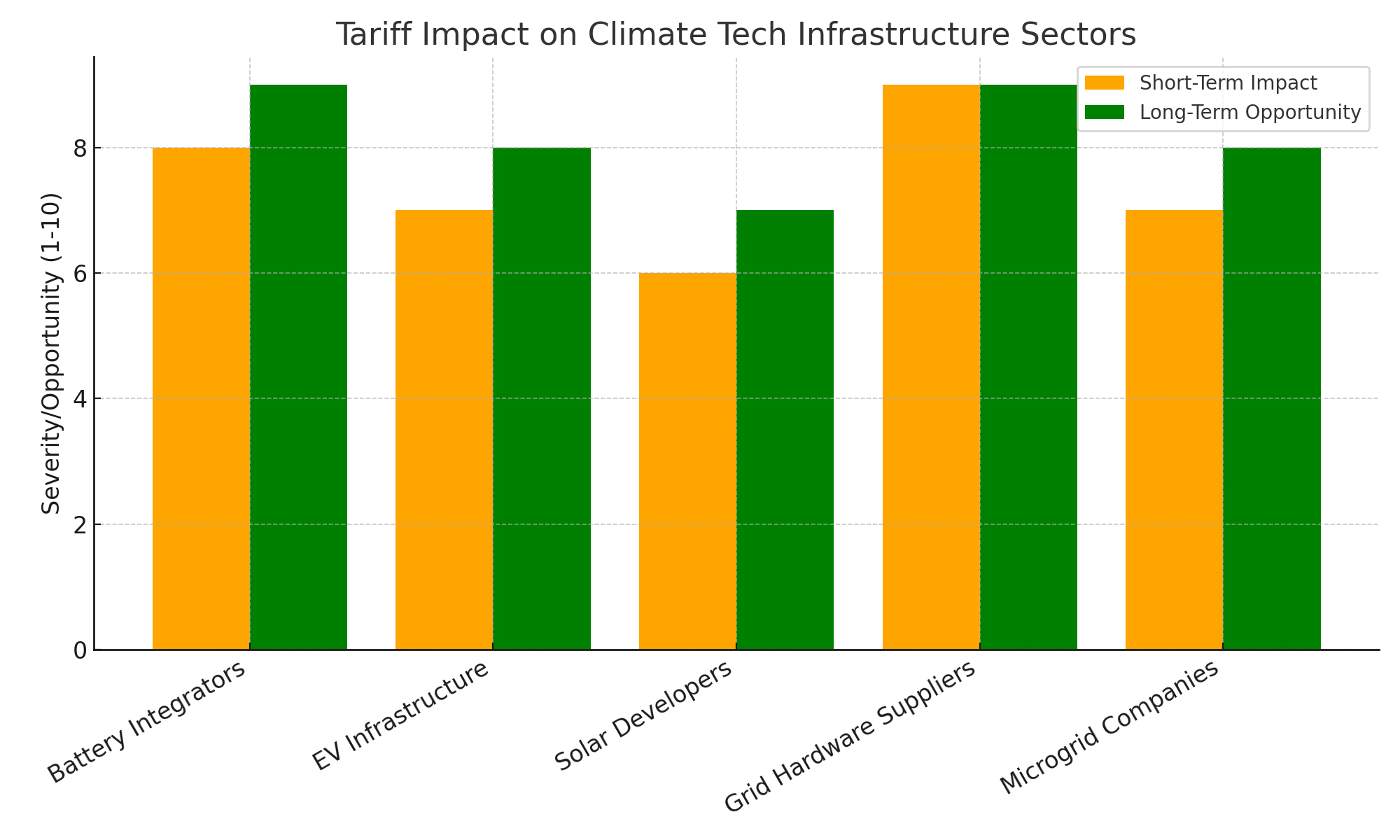Despite a seemingly abundant talent pool, in today’s market with historically low unemployment (at 3.9% according to the U.S. Department of Labor) many companies in climate are finding that there isn’t enough specialized talent to pick from to fill their most pressing roles. This calls for a blend of personalized marketing and data-driven strategies to attract and hire top talent efficiently. Having been in this business for 15+ years, we have seen the ups and downs of this industry starting with Cleantech 1.0 and if there is anything we know, it’s that you can’t expect good candidates to stick around if your interviewing and hiring process is broken. I hope these steps – which I refer to as kWh – illuminate early stage founders, investors, and senior leaders on effective tactics for fast, successful hiring.
- Step 1: Know Who You Need to Hire:
- When thinking about hiring, it’s less about the position title, and more about the problem you are trying to solve. What are the milestones the organization needs to hit and what are the roadblocks standing in your way? Every team has a current set of skills, but what is lacking to get you to that next milestone? Once you’ve identified the missing skills, now you can create personas for target candidates. These personas delineate essential skills that are non-negotiable and those that are negotiable, guiding recruitment strategies towards solving immediate challenges and achieving future goals. This approach is crucial when considering candidates from different industries, shifting the focus from years of experience to alignment with target personas and possession of transferable skills. Evaluate candidates based on their fit with the target persona and their ability to contribute to solving the organization’s challenges above all else.
- Step 2: When You Need to Hire Them:
- Understanding when to hire talent is critical for successful hiring for climate jobs. Whether you have short, medium, or long-term hiring needs, each requires a distinct strategy. Supply and demand dynamics also come into play in the recruitment process. Which of your competitors are hiring for the same roles, how do you manage resource allocation to trigger starting the new hiring process, how long will it take to find the right candidate? Tying in data insights for informed decision-making is a form of talent intelligence that you can’t ignore. For instance, if you need someone in a month, the search should have started months ago. Different roles may have varying lead times, especially executive positions, necessitating more proactive approaches. Seasonal challenges, such as recruitment difficulties in summer, add complexity.
- Here are a few data points to consider:
- As summer begins, many Q2 job postings remain unfilled. In Q1, even the fastest-filled roles took nearly a month to close. Seasonal hiring requires foresight and strategic timing to manage the increased demand effectively.
- At the start of Q2, we saw demand for mid-level and senior-level hires equalize. In Q1, mid-level hires were twice as sought after as senior-level hires. This shift indicates a move from large team build-outs to focusing on project execution and bringing in new hires to fill small gaps. Supporting this trend, the number of companies hiring for 5+ roles simultaneously has decreased from 40% in Q4 ’23 and Q1 ’24 to 15% in Q2.
- Seed stage companies hire the fastest (on average) after raising funds. Series A companies take 21% longer to hire after raising funds, and Series B companies take 61% longer. Regardless of the funding round, it’s important to keep an eye on when competitors raise funds as they’ll be targeting similar talent.
- Here are a few data points to consider:
- Understanding when to hire talent is critical for successful hiring for climate jobs. Whether you have short, medium, or long-term hiring needs, each requires a distinct strategy. Supply and demand dynamics also come into play in the recruitment process. Which of your competitors are hiring for the same roles, how do you manage resource allocation to trigger starting the new hiring process, how long will it take to find the right candidate? Tying in data insights for informed decision-making is a form of talent intelligence that you can’t ignore. For instance, if you need someone in a month, the search should have started months ago. Different roles may have varying lead times, especially executive positions, necessitating more proactive approaches. Seasonal challenges, such as recruitment difficulties in summer, add complexity.
- Step 3: How to Find and Attract Them:
- Recruiting is akin to marketing, sharing the importance of personalization in attracting candidates. You must consider various recruitment channels, tactics, and strategies to find and attract top talent in an environment where talent is scarce and candidates are in high demand. Developing a Recruiting Plan is not dissimilar to developing a basic Business Plan framework. Consider these concepts:
- Total Available Market – How many people meet the high-level requirements of your need?
- Competitive Landscape – How many other jobs (both in and outside of your industry) are competing for this talent?
- Product Market Fit – How well is your role positioned within the market? Are the majority of the candidate targets actively looking or unemployed, are they early career, mid career, late career? Do the skills you need live in larger organizations or smaller start-ups?
- Pricing – How are you priced against your competitors?
- An additional concept that is worth mentioning is “risk premium”. General startup risk factors like funding stage, cash runway, and product market fit becomes less important for candidates who are already considering a startup or have proven themselves in this environment. Ultimately, candidates who can do the hard stuff are thinking very hard about whether now is the right time to make a move.
- Here’s the problem; none of the candidate data is normalized, aggregated, or constructed for stage, sector or industry specific roles or skills. Recently, there have been a few companies trying to aggregate jobs data in climate (think platforms like Climatebase) but it’s only a fraction of what’s out there and relies on companies voluntarily participating. There are also plenty of pundits and government agencies busily calculating future workforce needs over the next 10 years but that doesn’t really help when we are trying to build a team with specific skills within a defined period of time with lots of complicated market influences.
- Recruiting is akin to marketing, sharing the importance of personalization in attracting candidates. You must consider various recruitment channels, tactics, and strategies to find and attract top talent in an environment where talent is scarce and candidates are in high demand. Developing a Recruiting Plan is not dissimilar to developing a basic Business Plan framework. Consider these concepts:
Over the coming months, follow along as we tease out our version of a Talent Intelligence Report that melds data-driven insights with current supply and demand dynamics to inform and educate the industry, founders, and start-ups to counter the opaqueness that exists across the industry.
If you’d like to chat more about this topic, feel free to reach out to us here to learn more about how to make the best hiring decisions for your organization. We’d love to connect!








